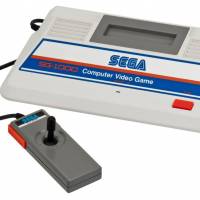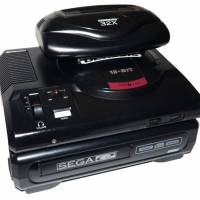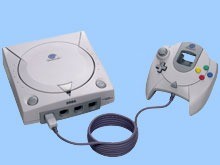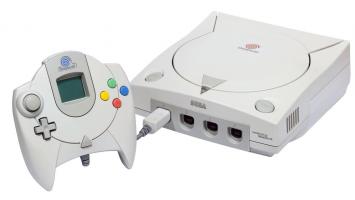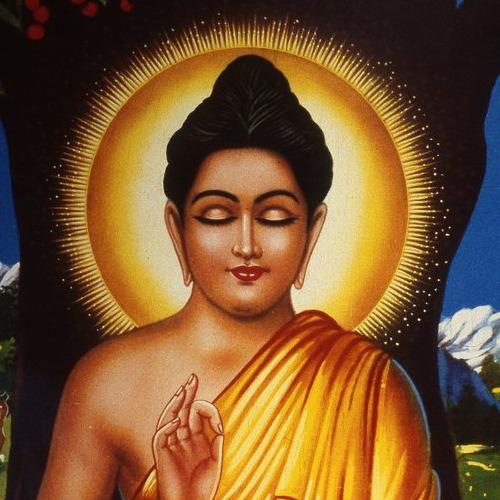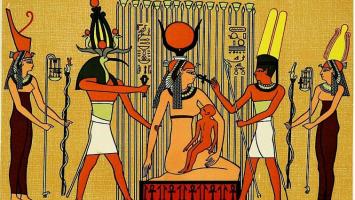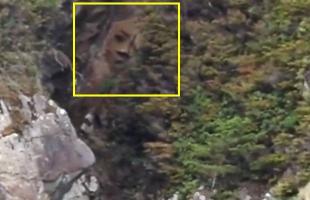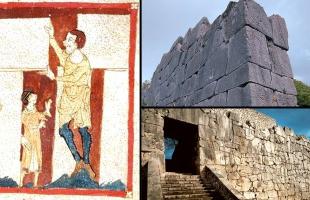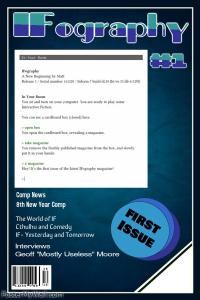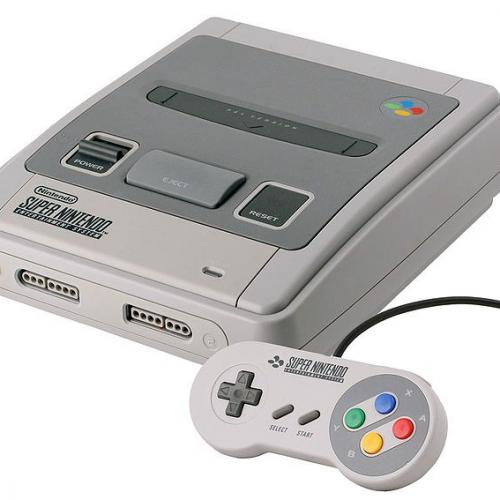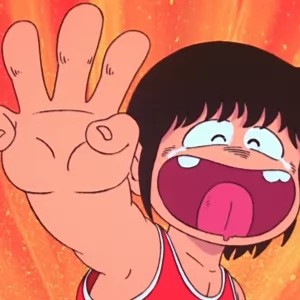Short history of Sega Dreamcast's birth
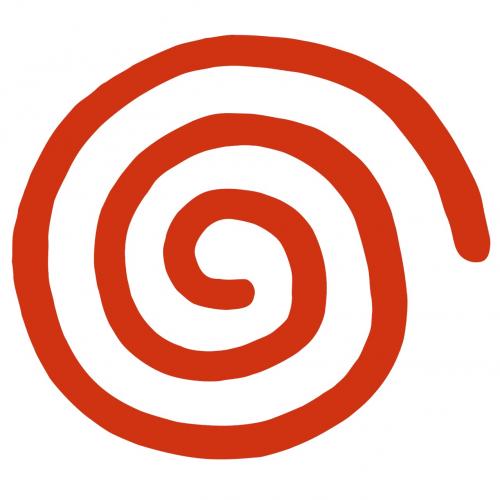
Dreamcast is a system born out of Sega's darkest hour, a do-or-die machine which will decide whether the company stays in the hardware business. Its precursor, the 32bit Sega Saturn, had been widely expected to conquer the world with Nintendo's own second next generation system heavily delayed -- due to the collapse of an alliance with Sony -- and neither Atari nor 3DO seriously threatening mass market success.
All that changed with the November '93 announcement of the Sony PlayStation, a system which would heavily defeat Sega's system and become a considerable influence on how Sega designed Dreamcast. Although there had been rumours of Sony producing a console, what came as a heavy shock to Sega was the technical superiority of the PlayStation. While the Saturn had been designed as perhaps the ultimate 2D arcade machine, albeit with a substantial 3D capability, PlayStation was totally committed to polygons.
Sega boss Hayao Nakayama angrily berated Sega's engineers for their failings, but it was too late to totally redesign the system if the 1994 launch was too proceed. Instead, Sega added yet another processor to an already over-complicated design. In terms of raw power, the new Saturn was much more of a match for PlayStation, but it would never be an easy machine to program for. The twin CPU design in particular demanded highly specialised machine code rather than the C most Japanese developers prefered: barely a year after Saturn's launch a key Sega manager admitted only one in a hundred programmers would have the skill to use the machine's full potential.
Ironically, the Saturn's Japanese launch would be Sega's best ever performance in its home territory. Even a flawed version of Virtua Fighting was enough to transform the company's traditional weakness in its home territory. Overseas, however, it was to be a different matter. Scepticism about the prospects of a CD-ROM machine succeeding in the cost-sensitive US market meant Saturn was originally partnered with a low-cost, cart-based system codenamed Jupiter -- principally due to American scepticism that a CD-ROM machine could be competitively priced. When Saturn was upgraded, Jupiter got axed in favour of Mars, an upgrade for Sega's 16bit Mega Drive which was supposed to protect the company's hugely lucrative US market. In fact, 32X was an unmitigated disaster, drawing vital developer support away from Saturn and destroying the company's reputation among gamers who found themselves with an add-on with barely a handful of games.
The Saturn debacle would cost the jobs of Sega's American and Japanese bosses, beside reducing its US empire to a ruin running up losses of $167 million in 1997. For any replacement machine the lessons were clear: a single format, complete user-friendliness for developers and a new brand -- so low had sunk the once mighty Sega name.
As soon as any console is launched, work is usually underway on a replacement but the Saturn's troubles gave this process an unusual urgency for Sega. By 1995, rumours surfaced that US defence contractors Lockheed Martin Corp. were already deep into the development of a replacement, possibly even with a view to releasing it as a Saturn upgrade. There were even claims that during Saturn's pre-launch panic a group of managers argued the machine should simply be scrapped in favour of an all-new LMC design.
Sega originally entered into partnership with LMC to solve problems with its Model 2 coin-op board, however by 1995 the relationship had soured somewhat with the Model 3 board suffering massive delays. Around the same time, 3DO began shopping around its 64bit M2 system. According to informed sources, Sega's Japanese bankers had brokered an unwritten deal whereby Matsushita would manufacture M2 units, while Sega would concentrate on the software. M2 devkits were supplied to Sega in early 1996, with initial work reputedly concentrating on a Virtua Fighter 3 conversion for M2's launch.
Sega's M2 project soon fell apart however. 3DO's Trip Hawkins blamed corporate 'egos' for the collapse, while Sega insisted its engineers were unconvinced M2 was the breakthrough technology they needed. Instead, the company was increasingly preoccupied by the PC market -- unlike Nintendo, it was fully prepared to convert its games onto the format and in mid-1995 it had entered into a partnership with PC graphics card manufacturer nVidia. Under the terms of the deal, Sega would supply ports of key Saturn titles exclusively for the nVidia PC graphics card. At the time, pundits wondered if Sega might be switching from Saturn to nVidia as its principal platform.
By 1996, this speculation was ebbing away as two clear frontrunners emerged in the PC graphics market: VideoLogic's PowerVR and 3Dfx's Voodoo chipsets. Sega approached both companies to be partners in two parallel Saturn 2 projects, each of which having minimal if any knowledge of the other. The 3Dfx-Sega of America project was codenamed Black Belt, while the VideoLogic-Sega of Japan system was known as Dural. Although console development is usually shrouded in total secrecy, Saturn 2's development coincided with the rise of the Internet and Black Belt soon became a popular topic of gossip. For a time, many presumed Black Belt was the only new Sega system.
All this changed on July 22nd, 1997, when 3Dfx was informed them Black Belt was cancelled. It was a shattering blow -- "Our contract with Sega was considered to be gospel right up until we received the call," admitted marketing manager Chris Kramer. Two months later, 3Dfx issued a lawsuit against Sega while blaming VideoLogic's Japanese backers, NEC, for bringing influence to bear on a decision which would otherwise have gone to 3Dfx. An initial burst of publicity soon gave way to highly confidential discussions which settled the lawsuit away from the public eye in August 1998.
For outsiders, 3Dfx had always been the favoured partner due to their leadership in the PC market, moreover Sega let it be known the decision to cancel wasn't due to either performance or cost reasons. What may have been a factor is 3Dfx's very strength made it a difficult partner for Sega, VideoLogic's second-place status obviously made it the hungrier partner. Moreover, whereas 3Dfx see themselves as creating a new gaming platform around their Voodoo hardware and Glide software, VideoLogic were much more eager to use Microsoft's Direct3D API.
Whatever the reasoning behind the decision, the PowerVR decision further dampened excitement about a machine soon to be redubbed Katana. In January '98, UK trade newspaper CTW ran a savage onslaught upon the new format: "When one looks at a format owner that actually struggles to garner interest in its latest hardware announcements, you know it''s in trouble. From Black Belt to Dural and Katana, journalists have leapt into headline mode, but the level of disinterest elsewhere is palpable." Commenting upon the latest redundancies in America and Britain, Dinsey wondered whether the company was "giving up and trying to re-invent itself as a PC publisher."
In May, Sega gave its response with the official announcement of its new system, its specifications and that controversial name: Dreamcast. The marketing campaign began with the announcement of the marketing campaign and its $100 million budget for each territory: America, Europe and Japan. Sega boss Shoichiro Irimajiri put the cost of hardware development at $50-80 million, software development at $150-200 million, which with marketing added up to half a billion dollars.
The PR statements were suitably bullish: "Dreamcast is Sega's bridge to world-wide market leadership for the 21st century" commented Sega US VP Bernie Stolar. "I am confident that Dreamcast will become a de facto standard for digital entertainment" claimed Sega chairman Isso Okawa. However, it was at E3 itself that the tide really began to turn for Sega with bravura software demos finally earning the machine journalists' respect. Post E3 reports were full of adoration , as impressed by the restoration of Sega's old self-confidence as the raw processing power on show. Dreamcast's launch date was set as November 20th and this time all Sony can threaten is the announcement of new hardware -- 1998 is Dreamcast's alone.
From E3 onwards, Sega orchestrated a careful drumbeat of announcements, including the launch of the VMS unit on July 11th to tie-in with the Godzilla movie and a much hyped August 22nd PR event for Sega's old mascot in Sonic Adventure. In September, Sega ran an ad showing MD Eiichi Yukawa being abused by members of the public who preferred Sony -- and promising all would change with Dreamcast's arrival. And so it is, everything now rests with the machine and its software.









